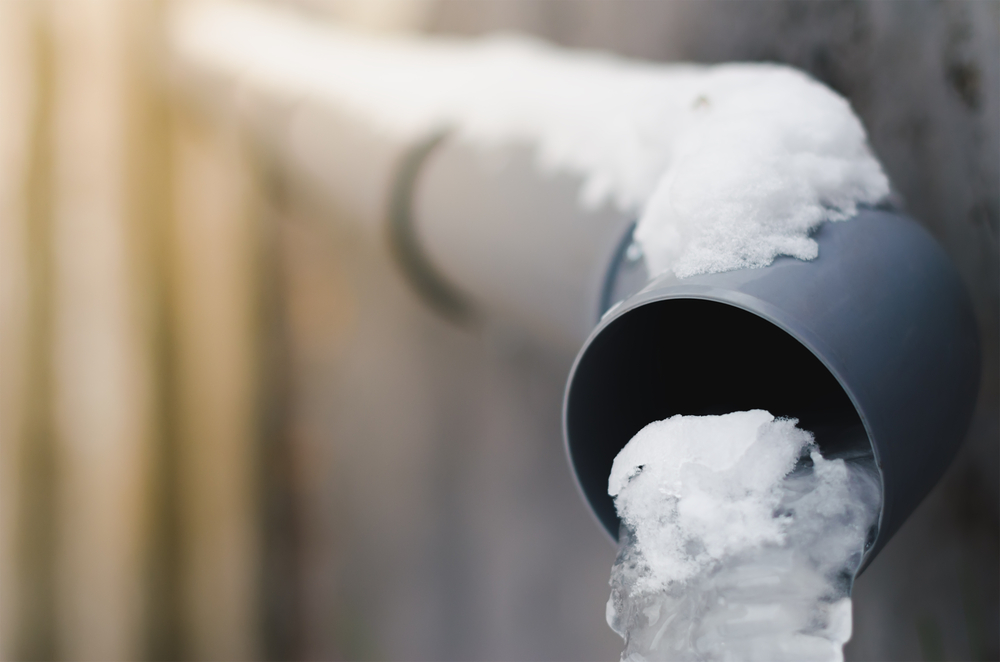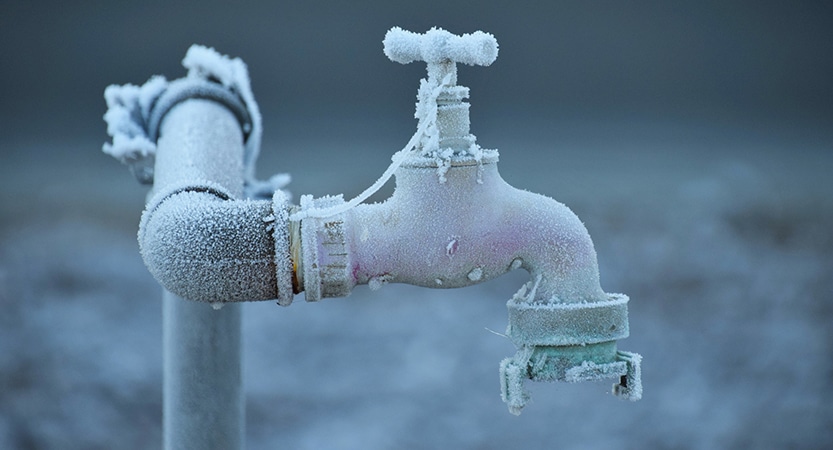How do you actually feel on the subject of How to prepare your home plumbing for winter weather?

Winter can ruin your plumbing, particularly by freezing pipelines. Below's exactly how to prevent it from happening and what to do if it does.
Intro
As temperatures decline, the danger of frozen pipelines increases, possibly causing costly fixings and water damage. Recognizing how to stop frozen pipes is crucial for home owners in cold climates.
Recognizing Frozen Pipes
What triggers pipelines to ice up?
Pipes ice up when exposed to temperature levels below 32 ° F (0 ° C) for extended durations. As water inside the pipelines ices up, it broadens, taxing the pipeline walls and potentially triggering them to rupture.
Dangers and problems
Icy pipes can cause water system disturbances, home damage, and expensive repair work. Burst pipelines can flooding homes and cause considerable architectural damage.
Signs of Frozen Pipes
Recognizing frozen pipes early can stop them from rupturing.
Just how to determine frozen pipelines
Search for lowered water flow from taps, unusual smells or noises from pipelines, and noticeable frost on subjected pipelines.
Prevention Tips
Shielding vulnerable pipelines
Cover pipes in insulation sleeves or make use of warmth tape to protect them from freezing temperatures. Concentrate on pipelines in unheated or exterior areas of the home.
Home heating strategies
Keep interior areas adequately heated up, particularly locations with pipes. Open up closet doors to allow cozy air to flow around pipelines under sinks.
Shielding Outside Pipes
Yard tubes and outside faucets
Detach and drain garden tubes before winter months. Mount frost-proof faucets or cover outside faucets with shielded caps.
What to Do If Your Pipes Freeze
Immediate actions to take
If you believe icy pipes, keep faucets open up to eliminate pressure as the ice thaws. Utilize a hairdryer or towels soaked in warm water to thaw pipes gradually.
Long-Term Solutions
Structural modifications
Take into consideration rerouting pipes far from exterior wall surfaces or unheated areas. Include extra insulation to attic rooms, cellars, and crawl spaces.
Updating insulation
Purchase high-quality insulation for pipes, attic rooms, and wall surfaces. Proper insulation assists keep consistent temperatures and lowers the threat of icy pipes.
Final thought
Protecting against icy pipelines requires proactive steps and quick feedbacks. By understanding the causes, signs, and preventive measures, property owners can safeguard their plumbing during cold weather.
5 Ways to Prevent Frozen Pipes
Drain Outdoor Faucets and Disconnect Hoses
First, close the shut-off valve that controls the flow of water in the pipe to your outdoor faucet. Then, head outside to disconnect and drain your hose and open the outdoor faucet to allow the water to completely drain out of the line. Turn off the faucet when done. Finally, head back to the shut-off valve and drain the remaining water inside the pipe into a bucket or container. Additionally, if you have a home irrigation system, you should consider hiring an expert to clear the system of water each year.
Insulate Pipes
One of the best and most cost-effective methods for preventing frozen water pipes is to wrap your pipes with insulation. This is especially important for areas in your home that aren’t exposed to heat, such as an attic. We suggest using foam sleeves, which can typically be found at your local hardware store.
Keep Heat Running at 65
Your pipes are located inside your walls, and the temperature there is much colder than the rest of the house. To prevent your pipes from freezing, The Insurance Information Institute suggests that you keep your home heated to at least 65 degrees, even when traveling. You may want to invest in smart devices that can keep an eye on the temperature in your home while you’re away.
Leave Water Dripping
Moving water — even a small trickle — can prevent ice from forming inside your pipes. When freezing temps are imminent, start a drip of water from all faucets that serve exposed pipes. Leaving a few faucets running will also help relieve pressure inside the pipes and help prevent a rupture if the water inside freezes.
Open Cupboard Doors
Warm your kitchen and bathroom pipes by opening cupboards and vanities. You should also leave your interior doors ajar to help warm air circulate evenly throughout your home.

As a reader on Preventing and dealing with frozen pipes, I assumed sharing that post was worth the trouble. Are you aware of somebody who is serious about How to Prevent Your Pipes From Freezing? Why not promote it. Thank-you for your time spent reading it.
Schedule Your Service